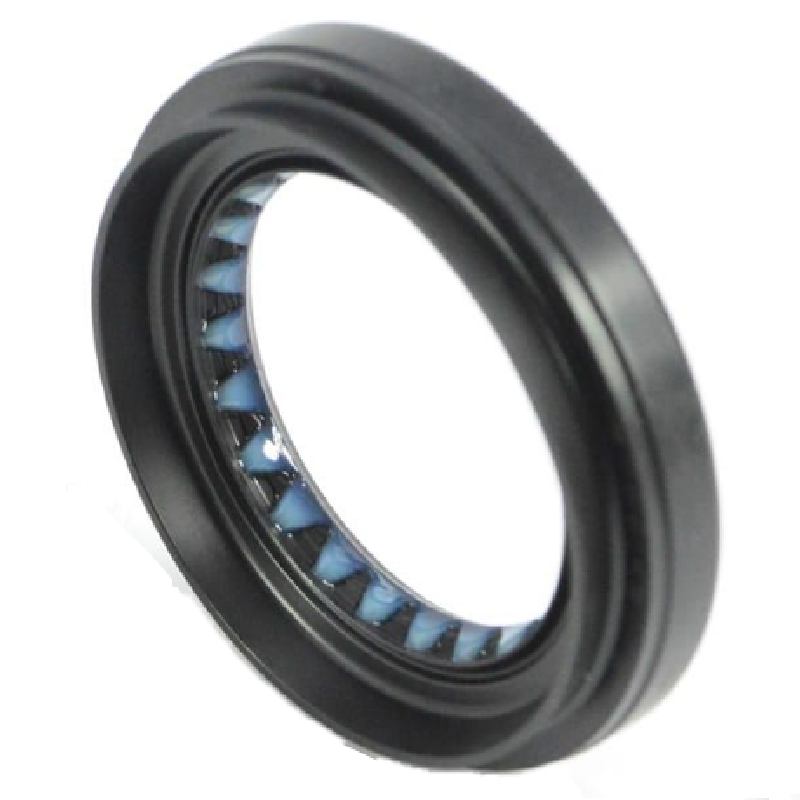Replacing the rear crank seal on a 300TDI engine for improved performance and reliability
Understanding the 300 TDI Rear Crank Seal Maintenance and Replacement
The 300 TDI (Turbo Diesel Injection) engine, known for its robustness and reliability, has remained a favorite among off-road enthusiasts and Land Rover aficionados. However, like all mechanical systems, it is not exempt from wear and tear, particularly concerning the rear crank seal. This component plays a critical role in ensuring the longevity and performance of your engine. In this article, we will explore what a rear crank seal is, its function, symptoms of failure, and how to replace it if necessary.
What is the Rear Crank Seal?
The rear crank seal, also known as the rear main seal, is a rubber or elastomer component that sits at the back of the crankshaft, where it exits the engine block. Its primary purpose is to prevent engine oil from leaking out while also keeping dirt and contaminants from entering the engine. Proper sealing is crucial, as oil leaks can lead to both performance issues and costly engine damage.
Symptoms of a Failing Rear Crank Seal
Detecting a failing rear crank seal early can save you from more significant mechanical headaches down the line. Common symptoms of a leaky rear crank seal include
1. Oil Leaks The most obvious sign is the presence of oil on the underside of the vehicle, particularly near the rear of the engine. This can create unsightly stains on your driveway and reduce the oil level inside your engine.
2. Oil Pressure Issues A failing seal can lead to a drop in oil pressure, which may trigger warning lights on your dashboard. Low oil pressure can severely damage your engine if not addressed.
3. Excessive Engine Noise A significant oil leak can lead to inadequate lubrication of critical engine components, resulting in increased friction and noise.
4. Increased Oil Consumption If you find that you're frequently adding oil to your engine, a compromised rear crank seal might be the culprit.
300tdi rear crank seal

Replacing the Rear Crank Seal
If you've identified that your 300 TDI's rear crank seal is leaking, replacing it is essential for maintaining engine health. Here’s a brief overview of the process
1. Prepare the Vehicle Elevate the vehicle using jack stands to ensure a safe working environment.
2. Remove the Transmission The rear crank seal is located behind the flywheel, so you must disconnect and remove the transmission. This step can be labor-intensive and often requires additional assistance.
3. Remove the Flywheel With the transmission out of the way, you can access the flywheel. Carefully unbolt and remove it to expose the crankshaft.
4. Replace the Seal Gently pry out the old rear crank seal and replace it with a new one, ensuring it’s seated properly.
5. Reassemble the Engine Once the new seal is in place, reattach the flywheel and transmission, making sure all bolts are torqued to the manufacturer’s specifications.
6. Check for Leaks After reassembly, start the engine and inspect for any leaks around the newly installed seal.
Conclusion
The rear crank seal of the 300 TDI is a small but mighty component that plays an essential role in engine performance. Regular maintenance checks can help you catch potential issues before they escalate. If a leak is diagnosed, timely replacement of the rear crank seal can prevent significant engine damage and ensure your vehicle remains reliable for years to come. Always consult a professional mechanic if you're unsure about the process, as they can offer expertise and ensure everything is done correctly.
-
Simplifying Oil Changes: A Comprehensive Guide to Oil Drain Plugs and Their Variants
News Aug.04,2025
-
Mastering Oil Drain Maintenance: Solutions for Stripped, Worn, and Upgraded Oil Plugs
News Aug.04,2025
-
Fixing Oil Pan Plug Issues: Leaks, Stripped Nuts, and the Right Replacement Solutions
News Aug.04,2025
-
Everything You Need to Know About Oil Drain Plugs: Sizes, Fixes, and Upgrades
News Aug.04,2025
-
Choosing the Right Oil Drain Plug: A Guide to Sizes, Materials, and Drain Innovations
News Aug.04,2025
-
A Complete Guide to Automotive Drain Plugs: Types, Problems, and Innovative Solutions
News Aug.04,2025
-
The Ultimate Guide to Car Repair Kits: Tools and Essentials Every Driver Should Own
News Aug.01,2025
Products categories















